Hutchinson Bottle Sales Guide
Updated: September 2, 2016
Note: Much of the following information is quoted from Collecting Soda Pop Bottles by Ron Fowler, © 1984 and 2006 (visit the "Bottle Books For Sale" portion of the Collecting section of HutchBook.com for additional information and ordering details). Permission is granted to quote HutchBook information only if the source is properly cited, including the HutchBook.com URL.
Glass
manufacturers and bottlers referred to the bottles that utilized Hutchinson's
Patent Spring Stoppers as “

Compare
your bottle with the illustration shown above and if it does not match
this image,
it may not be a true
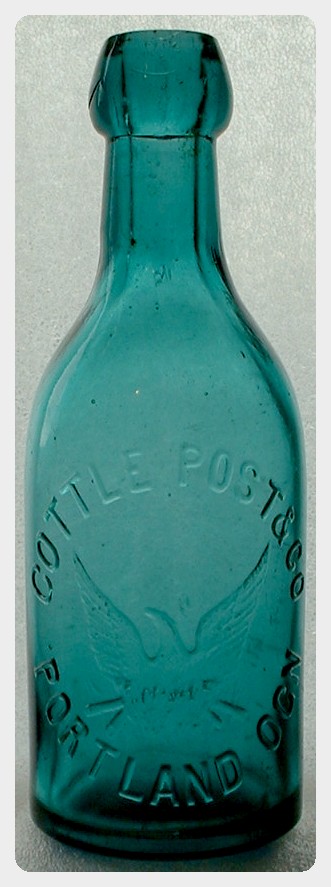
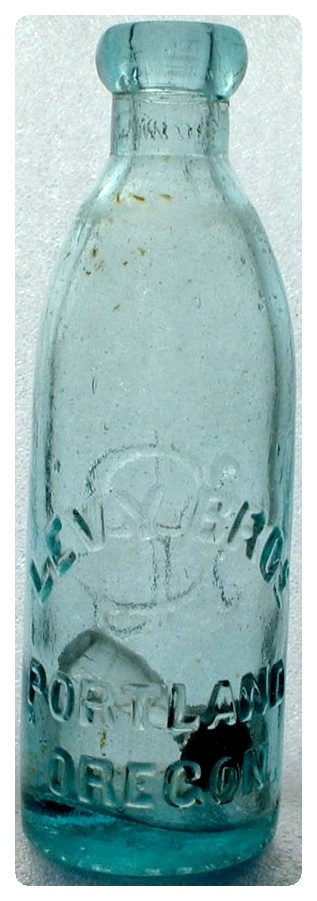

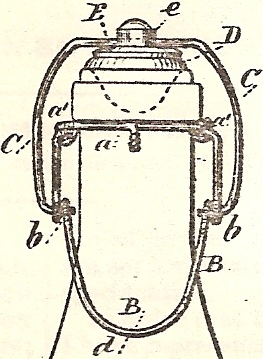
Blob Top Gravitating Stopper Baltimore Loop Lightning Stopper
BLOB TOP (also referred to as "pony") soda bottles were sealed by a cork inserted into the mouth of the bottle. The corks were held in place by either (1) wire fasteners attached directly under the blob top and swung into place over the top of the cork, or (2) a simple wire strand twisted around the neck below the blob top, looped over the top of the cork, and then again twisted around the neck below the blob top;
Henry W. Putnam Stopper Fastening
John Matthews Jr. Bottle Stopper
BALTIMORE LOOP SEAL bottles utilized an external, hard rubber disk that fit into a horizontal groove inside the mouth of the bottle. This closure was typically used for bottles that contained beer;
William Painter Bottle Stopper
LIGHTNING STOPPER bottles had ceramic stoppers with a wire bail and rubber gasket;
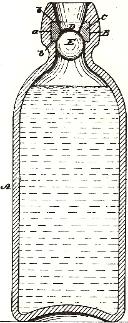
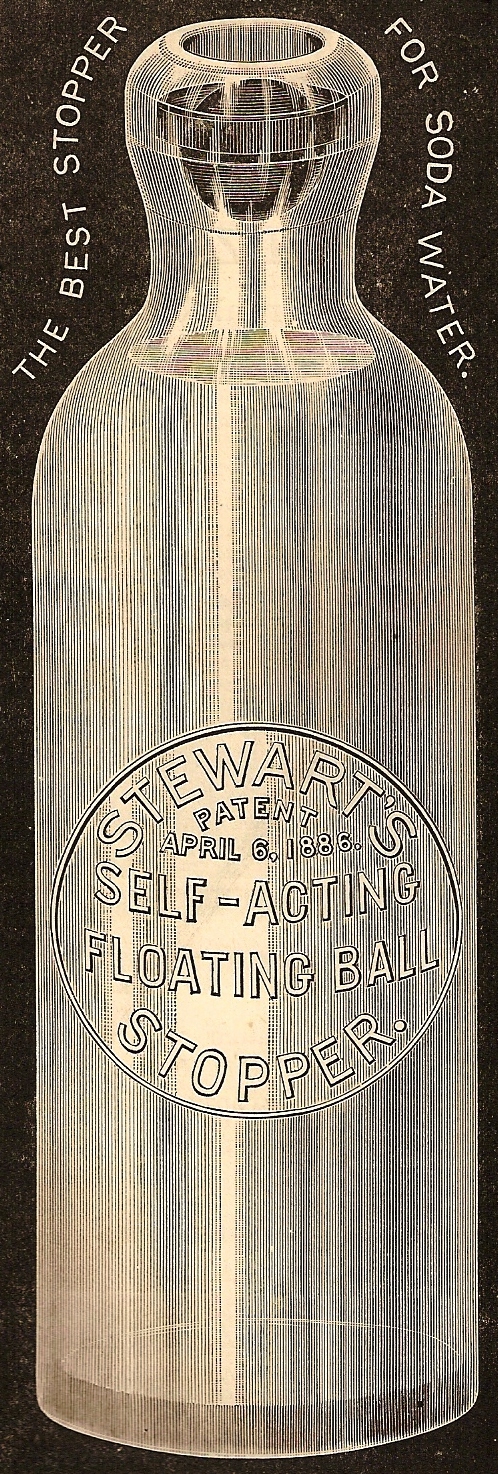


ROORBACH CLOSURE bottles typically have embossed patent dates of February 20, 1883, June 23, 1885, and August 4, 1885 on their sides down near the base of the bottle. An imprisoned, small, hollow, brown ball sealed against a hard rubber gasket inserted into a horizontal groove inside the mouth of the bottle;
William L. Roorbach Bottle Stopper
STEWART'S FLOATING BALL STOPPER bottles have a very wide mouth with a horizontal groove that held a rubber washer, and a ball that sealed against the washer;
William Stewart Bottle Stopper
CODD bottles (often referred to as “marble” bottles by collectors) utilized a glass
ball that sealed against a rubber or cork ring inserted into a groove in
the mouth of the bottle; and
CROWN CORK CLOSURES
("bottle caps") were patented in 1892 and are still in use today. Bottle
manufacturers began implementation of Owens' Automatic Bottle Machine in
1903, bringing the soft drink industry inexpensive, standardized, bottle
tops. This development, combined with inexpensive crown seals, rendered
most other closures obsolete, and by the end of World War I crown cork
closures were the industry standard.
In addition to the multitude of closure patents covered in the “Stopper Patents” portion of HutchBook.com's Industry History pages, other web sites and several books about antique soda bottles provide detailed illustrations and descriptions that help with the correct identification of closure styles. An excellent reference source is David Graci's book on Soda and Beer Bottle Closures 1850 - 1910 (additional information and ordering details can be found in the "Bottle Books For Sale" portion of HutchBook.com's Collecting section).
When preparing
Subject Line: Rare Vancouver Washington Hutchinson Soda Bottle With McArty Spelling Error
Photograph(s): Accompanying photo shows front embossing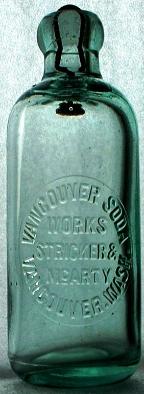
HutchBook.com Bottle Number: WA0136
Front Embossing: VANCOUVER SODA / WORKS / STRICKER & / McARTY / VANCOUVER. WASH.
Back Embossing: Blank
Base Embossing: Blank
Mold Type: 2 leaf
Glass Color: Aqua
Dimensions: 6.375" x 2.500"
Plate Mould Shape: Round
Bottle Shape: Round
Condition: Sparkling mint; stopper missing rubber disk
Comments: Errors: (1) McARTY should be McCARTY and
(2) period after
CLASSIFICATION:
When listing at an on-line auction site, classify your Hutchinson bottle under
Collectibles, Bottles & Insulators, Bottles, Antique (Pre-1900), Sodas.
Focus on making it as easy as possible for potential bidders to find your listing when
searching for
SUBJECT LINE:
Include the word “
PHOTOGRAPH(S):
FRONT EMBOSSING:
Describe the exact front embossing in CAPITAL letters, including all
punctuation. Use slash marks to represent line breaks in the lettering.
The front embossing for the illustrated example is properly described
as VANCOUVER SODA / WORKS / STRICKER & / McARTY / VANCOUVER.
WASH.
BACK EMBOSSING:
Describe the exact embossing (including line breaks) on the back of the
bottle, e.g. THIS BOTTLE / NOT TO / BE SOLD / REGISTERED, and include
maker’s marks such as I.G.Co., N.B.B.G.Co., PCGW, ROOT, WISC. G. CO.
MILW., etc. Maker's marks are typically found near the heel. Describe
all monograms, pictures such as stars and animals, etc. If the back is
totally unembossed, specify it is blank.
BASE EMBOSSING:
Describe the exact base embossing (including line breaks), e.g. 329 / H,
or K. HUTTER / 10 / B /
MOLD TYPE:
Most
GLASS COLOR:
The majority of
DIMENSIONS:
Accurately measure and specify exact bottle height and base diameter.
Hut
PLATE MOULD SHAPE:
The bottler-specific embossed lettering on most
BOTTLE SHAPE:
Most
CONDITION:
COMMENTS:
Include commentary describing special features such as monograms,
embossed pictures, spelling errors, incorrect/missing punctuation, etc.
If you truly know a bottle’s rarity rating, mention it. Note, however,
that many advertised
This Hutchinson Bottle Sales Guide is a work-in-progress and user suggestions are welcomed. Good selling!
 HutchBook.com
HutchBook.com